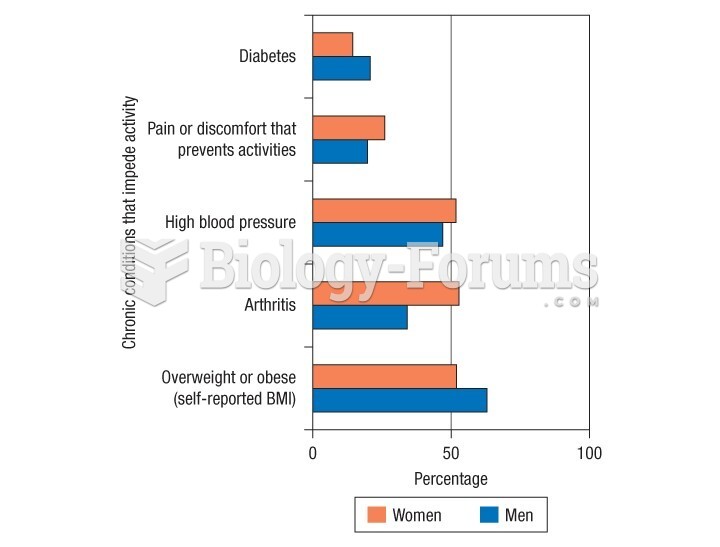Answer to Question 1
The following are possible PES statements. It may be helpful for students to initially write more than two nutrition diagnoses and then prioritize as to the ones that are most likely to have immediate nutrition interventions.
(Admit) Inadequate protein-energy intake related to nutrition prescription for Isosource HN at goal rate of 75 mL/hr, which provides 2160 kcal and 96 grams protein compared to estimated nutrient needs of 2700-3150 kcal and 108-135 grams protein
Inadequate enteral nutrition infusion related to nutrition prescription for Isosource HN at goal rate of 75 mL/hr, which provides 2160 kcal and 96 grams protein compared to estimated nutrient needs of 2700-3150 kcal and 108-135 grams protein
Unintended weight loss related to inadequate protein-energy intake and odynophagia as evidenced by a 30-pound weight loss within the past several months from 228 to present weight of 198, some muscle wasting, and low oral intake.
Answer to Question 2
The emotional trauma experienced in response to a terminal illness may cause a lack of interest in food and a decreased appetite.
It is important that the patient know the treatment team is doing everything necessary to improve quality of life and adequate nutrition is a major part of that.
Adequate nutrition will also increase success of the other treatments such as chemotherapy and radiation therapy.
A referral to a specialist such as a social worker, psychiatrist, and/or psychologist may help with emotional side effects.
Questions the RD may want to ask include:
- Is there a caretaker in the home who can ensure Mr. Seyer is consuming an adequate diet?
- Does Mr. Seyer have a history of depression?
- Are there others outside the household who may be able to be part of a support group?







